How To Can Tomatoes

Ever wondered how to capture the taste of summer in a jar?
Canning tomatoes is a simple and fun way to enjoy fresh, flavorful tomatoes all year round.
This guide will help you turn your ripe, juicy tomatoes into delicious canned goods. Whether you want to add them to soups or sauces or just eat them straight from the jar, our guide will make you feel like a kitchen superhero!
Let’s dive in and learn how to can tomatoes!
Equipment Needed for Canning Tomatoes

Here are the essential tools you’ll need:
-
Canning jars with lids and bands: These are the containers for your tomatoes.
-
Extra lids and reusable bands: Handy for each canning session.
-
Water bath canner or large pot: Perfect for hot water canning.
-
Pressure canner: Necessary for low-acid foods or mixtures.
-
Jar lifter or tongs: Helps safely move hot jars in and out of the canner.
-
Canning funnel: Prevents spills when filling jars.
-
Bubble remover or headspace tool: Removes air bubbles and measures headspace.
-
Blanching pot: Assists in blanching tomatoes and removing skins.
-
Cutting board and knife: For prepping the tomatoes.
-
Clean towels: Essential for cleaning up spills and drying jars.
The Best Tomatoes For Canning

Choosing the right type of tomato can make all the difference when it comes to canning.
Here are some of the best tomatoes to can with!
-
Roma Tomatoes: Also known as paste tomatoes, they are perfect for canning due to their low moisture content and fewer seeds. They’re ideal for making sauces, pastes, and salsas.
-
San Marzano Tomatoes: Known for their rich flavor and low acidity, San Marzanos are excellent for sauces and canning. They’re often considered to be one of the best tomatoes for preservation.
-
Beefsteak Tomatoes: These large, juicy tomatoes, which can be sliced and canned whole or diced, are a favorite for hearty recipes.
-
Heirloom Tomatoes: With various flavors and colors, heirloom tomatoes can add unique tastes to your canned goods. They’re lovely for sauces and salsas, though they can be more delicate.
-
Cherry and Grape Tomatoes: These small, sweet tomatoes are great for canning into sauces or pickling. They add a burst of flavor and color to any dish!
Preparing Tomatoes For Canning
Getting your tomatoes ready for canning is simple and fun! Just follow these easy steps:
-
Wash Thoroughly: Rinse your fresh tomatoes well to remove any dirt.
-
Blanch:
-
Dip the whole tomatoes in boiling water for about a minute.
-
Quickly move the hot tomatoes into ice water. This trick gives you effortless peeled tomatoes.
-
-
Remove Cores and Bad Spots: Cut out the cores and any blemishes.
-
Chop Them Up: Depending on whether you’re canning whole tomatoes or if you prefer diced, puree, or crushed tomatoes, chop them to your desired texture.
Now your tomatoes are perfectly prepped and ready for canning!
Methods of Canning Tomatoes
Canning tomatoes at home?
There are two popular methods: water bath canning and pressure canning.
Let’s dive in and find out which method works best for you!
Water Bath Canning
Like most tomato products, boiling Water bath canning is excellent for high-acid food. This method involves placing your jars in boiling water.
For pint-sized jars, process them for 35-45 minutes.
For quart-sized jars, 45-50 minutes will do the trick.
Pressure Canning
Pressure canning is ideal for low-acid foods or tomato mixtures with other vegetables. This method uses higher temperatures to process your jars.
For pint-sized jars, 10-15 minutes is recommended.
For quart jars, 15-20 minutes is best.
Step-by-Step Guide to Canning Tomatoes
-
Gather Your Supplies: You’ll need jars, lids, a canning pot, a jar lifter, and a funnel.
-
Prepare The Tomatoes (follow the steps shown above)
-
Fill the Jars:
-
Add a bit of lemon juice (bottled lemon juice) or a teaspoon of citric acid to each jar to ensure safety.
-
Pack the tomatoes into the jars, leaving some space at the top (headspace).
-
-
Seal the Jars:
-
Wipe the rims clean.
-
Place the lids on top and screw on the bands until they are sealed jars.
-
-
Process the Jars:
-
For water bath canning, place the jars in boiling water for 35-45 minutes (pints) or 45-50 minutes (quarts).
-
Process pressure canning at the recommended pressure for 10-15 minutes (pints) or 15-20 minutes (quarts).
-
-
Cool and Store:
-
Carefully remove the jars and let them cool on a towel.
-
Check the seals after 24 hours. If the lids don’t pop up and down, they’re sealed correctly.
-
Store your canned tomatoes in a cool, dark place.
-
Storing Canned Tomatoes

Storing your canned tomatoes properly is key to keeping them delicious. Follow these steps:
-
Cool and Seal: Let the jars cool completely, and make sure the lids are sealed tightly.
-
Label: Write the date and type of product on each jar.
-
Use First-In, First-Out: Use older jars first to keep your stock fresh.
-
Optimal Conditions: Store jars in a cool, dark, and dry place.
-
Check Regularly: Look for signs of spoilage or compromised seals, and discard any jars that aren’t perfect.
Troubleshooting Common Issues in Canning Tomatoes
Canning tomatoes can sometimes be tricky, but don’t worry!
Here’s how to identify, fix, and prevent common problems:
Seal Failures: If a jar doesn’t seal, check the signs and reprocess it with a new lid. Then, refrigerate or freeze the tomatoes for longer storage.
Discoloration: To keep your tomatoes fresh, minimize air exposure, use recommended processing times to avoid overcooking, and store jars in a cool, dark place.
Bacteria Growth: Add acid to your jars and test the pH to ensure safety.
Tips and Tricks for Successful Tomato Canning
Ready to master tomato canning?
Here are some tips and tricks to ensure success:
Use Fresh, Ripe Tomatoes: Start with the best quality tomatoes for the best taste.
Sterilize Everything: Ensure your jars and tools are thoroughly cleaned and sterilized.
Add Acidity: Boost flavor by adding the right amount of acidity.
Remove Air Bubbles: Gently stir the tomatoes to release any trapped air.
Check the Seals: Make sure all jars are sealed tightly.
Store Properly: Keep your jars in a cool, dark place.
To enhance flavor and texture, consider hot-packing your tomatoes, adding herbs and spices, or a pinch of salt for better preservation. Using a variety of tomatoes—like Roma, beefsteak, cherry, grape, and heirloom—can make a big difference. Explore creative recipes and ideas, such as tomato salsa, tomato sauce, tomato jam, pickled cherry tomatoes, tomato stews, and spicy tomato relish. Get inspired and enjoy the process!
FAQ:
What’s the Best Way to Can Tomatoes?
The best way to can tomatoes is by using a pressure canner. Pressure canning is ideal for low-acid foods like tomatoes and tomato mixtures because it reaches higher temperatures than boiling water canners. This higher temperature effectively kills bacteria and spores that could cause spoilage.
Do Tomatoes Need to Be Cooked Before Canning?
Tomatoes don’t have to be cooked before canning, but cooking them can be beneficial. Cooking helps reduce air bubbles and improves the texture of the tomatoes. While you can use either method, cooking tomatoes before canning often results in better quality.
What Is Blanching Tomatoes?
Blanching tomatoes means briefly boiling them and then plunging them into ice water. This process loosens the skins, making them easier to peel, while the cold water stops the tomatoes from cooking further.
Is It Necessary to Remove the Skins from Tomatoes Before Canning?
While it’s not absolutely necessary to remove the skins, it’s highly recommended. Tomato skins can become bitter and tough during the canning process, and removing them improves the overall taste and texture of your canned tomatoes.
Do You Use Vinegar or Lemon Juice When Canning Tomatoes?
Vinegar or lemon juice is essential when canning tomatoes to ensure safe acidity levels. Both options help prevent the growth of Clostridium botulinum, a bacteria that can cause botulism. Using these acidic ingredients helps keep your canned tomatoes safe.
What Is the Recommended Headspace When Canning Tomatoes?
Leave about 1/2 inch of headspace for crushed or whole tomatoes stored in water or juice for canning tomatoes. For tomatoes packed in their own juice, aim for a 1-inch headspace.
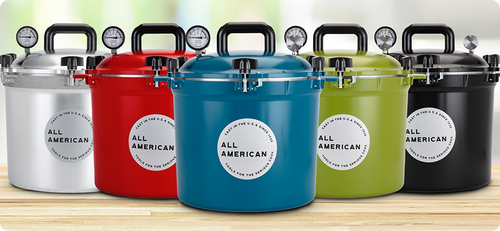
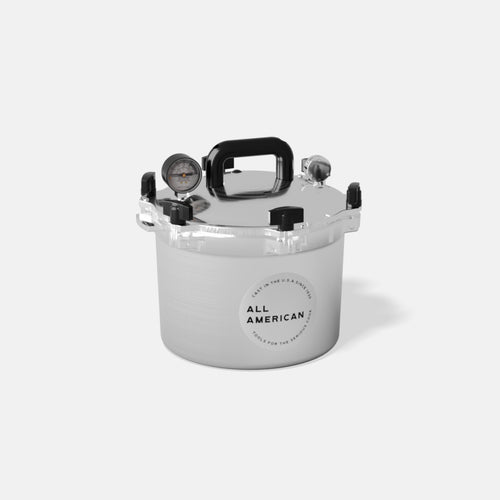 >
>
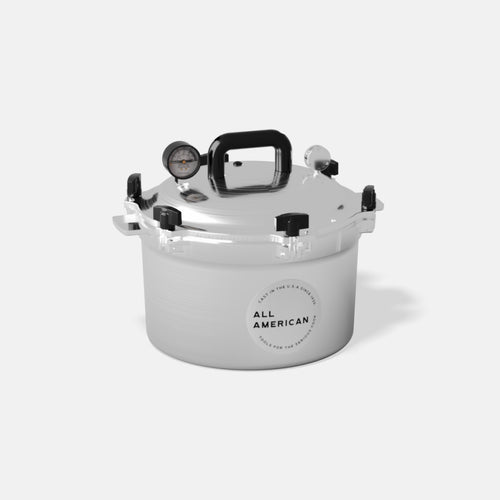 >
>
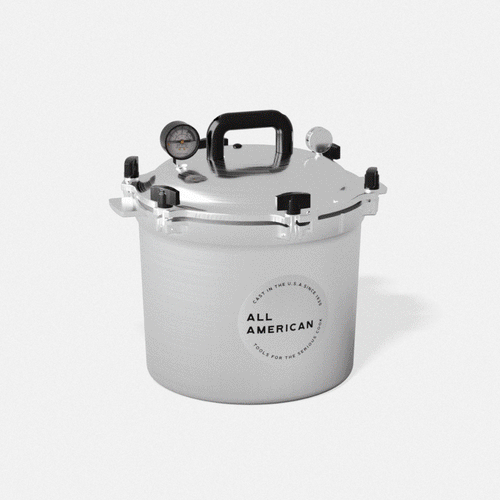 >
>
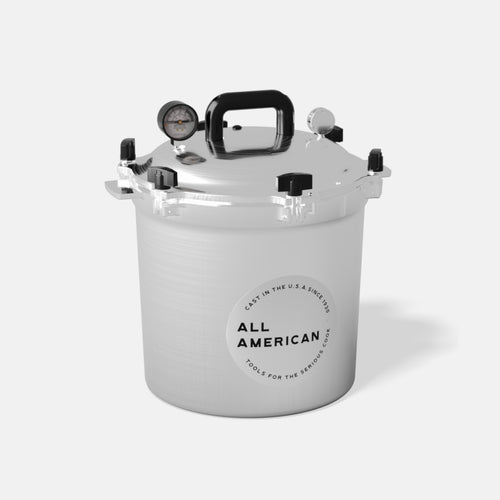 >
>
 >
>
 >
>
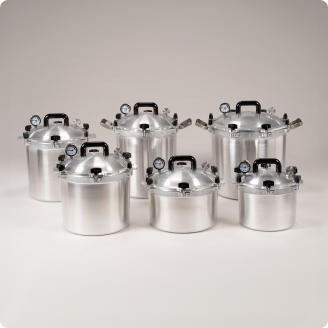

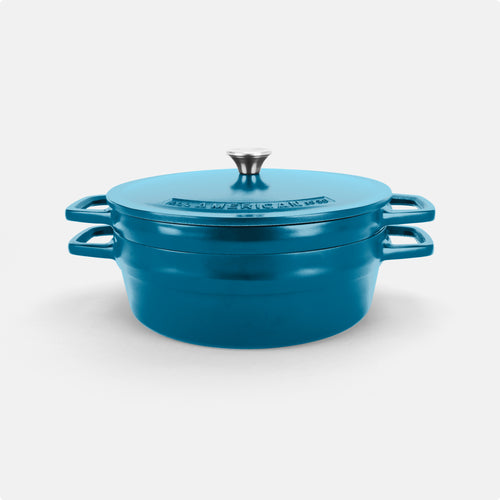
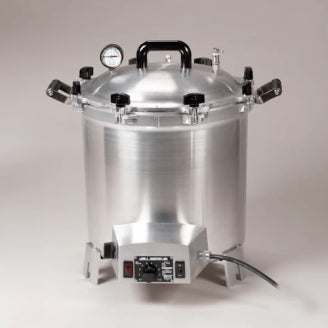
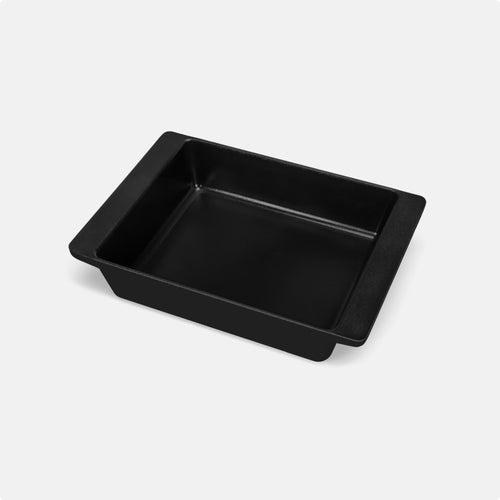 >
>
 >
>
 >
>
 >
>
 >
>